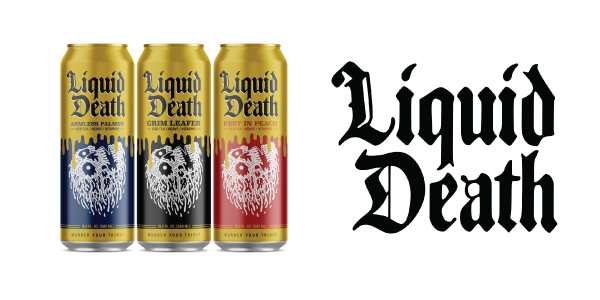“It is never too late to be what you might have been.” -George Eliot
This quote by George Eliot is a call to action.
It’s a reminder that transformation and growth are always possible, no matter where your company stands today.
Every company has a unique identity—a brand that sets it apart.
Embracing this uniqueness isn’t optional;
it’s essential for success.
Here’s how:
Reflect on Your Core Values: Revisit and reaffirm the values your company was built on. These values should guide every decision. Are you living up to them? If not, it’s time to realign.
Celebrate Your Company’s Story: Every company has a story worth telling. Use it to connect emotionally with your audience and reinforce your brand’s uniqueness.
Innovate Within Your Framework: Innovation doesn’t mean abandoning your roots. Find new ways to express your brand’s identity through new products, services, or processes.
Engage Your Team: Your employees are your brand ambassadors. Engage them in the process of celebrating and redefining your company’s identity. Aligned teams are motivated teams.
Listen to Your Customers: Your customers know what makes your brand special. Listen to their feedback and use their insights to refine your brand identity and build loyalty.
Be Bold and Take Risks: It’s never too late to take bold steps. Enter new markets, launch daring campaigns, or overhaul your product line. Bold actions lead to growth.
Continuous Learning and Adaptation: The business landscape is always changing. Stay informed, learn from successes and failures, and adapt while staying true to your identity.
Remember, “It is never too late to be what you might have been.”
Embrace your company’s unique identity and use it as a driving force for growth.
By staying true to your core values, celebrating your story, and engaging with your team and customers, you can lead your company to unprecedented success.

